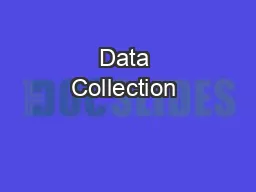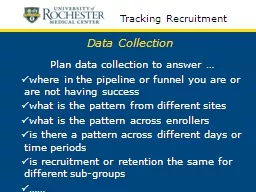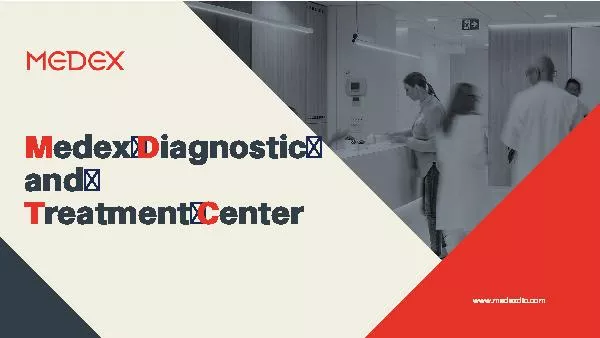PPT-Energy Data Collection and Tracking for Internal
Author : aaron | Published Date : 2020-01-30
Energy Data Collection and Tracking for Internal Benchmarking and Energy Management Best Practices from State and Local Governments and School Districts December
Presentation Embed Code
Download Presentation
Download Presentation The PPT/PDF document "Energy Data Collection and Tracking for ..." is the property of its rightful owner. Permission is granted to download and print the materials on this website for personal, non-commercial use only, and to display it on your personal computer provided you do not modify the materials and that you retain all copyright notices contained in the materials. By downloading content from our website, you accept the terms of this agreement.
Energy Data Collection and Tracking for Internal: Transcript
Download Rules Of Document
"Energy Data Collection and Tracking for Internal"The content belongs to its owner. You may download and print it for personal use, without modification, and keep all copyright notices. By downloading, you agree to these terms.
Related Documents



